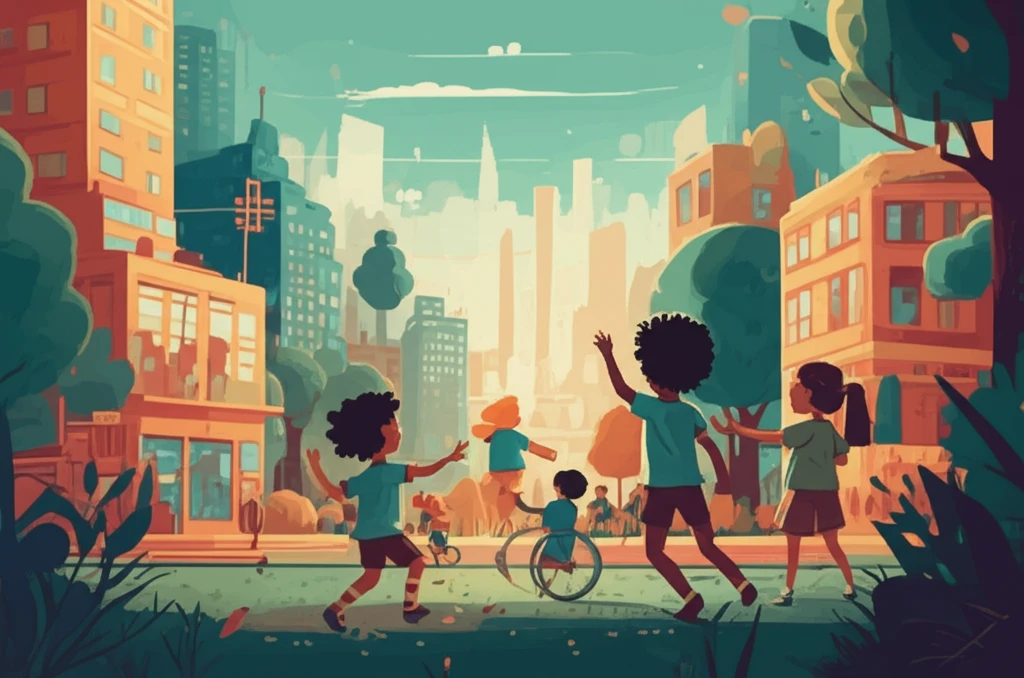
Unlocking a Brighter Future: How Social Partnerships Shield Children's Well-being
"Understanding the Crucial Role of Social and Cultural Partnerships in Safeguarding Young Lives"
In today's complex world, children face numerous challenges that can impact their overall well-being. From societal issues to cultural influences, various factors can affect a child's development and future prospects. Recognizing these challenges, the concept of social and cultural partnerships has emerged as a critical approach to safeguard children's well-being and ensure they have the opportunity to thrive.
This article delves into the significance of social and cultural partnerships in preventing children's ill-being, exploring how these collaborations create supportive environments and promote positive outcomes. We will examine the key elements that make these partnerships successful, the benefits they offer, and the challenges they face.
By understanding the crucial role of social and cultural partnerships, we can collectively work towards creating a brighter future for children, equipping them with the resources and support they need to overcome obstacles and achieve their full potential. This is a very important topic in today's society.
What are Social and Cultural Partnerships?

Social and cultural partnerships involve collaborations between various entities, including educational institutions, cultural organizations, social services, and community groups. These partnerships aim to address the multifaceted needs of children by creating a network of support and resources. Through these collaborations, diverse stakeholders work together to promote children's well-being, prevent adversity, and foster positive development.
- Educational Institutions: Schools and learning centers that provide knowledge.
- Cultural Organizations: Museums, libraries, and art centers.
- Social Services: Agencies that offer family support.
- Community Groups: Local associations that organize events.
A Collective Effort for a Better Tomorrow
Social and cultural partnerships represent a powerful strategy for protecting children and promoting their overall well-being. These collaborations provide essential support and resources and help create supportive communities where children can thrive. By working together, we can secure a brighter, more promising future for the next generation.
